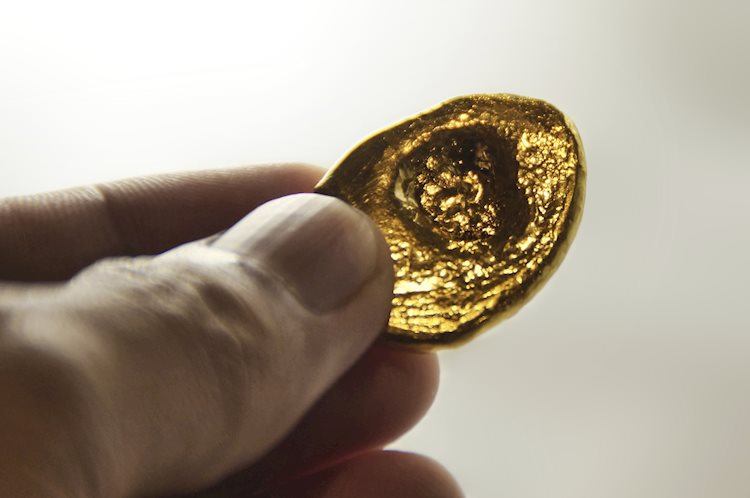Gold prices are currently consolidating their weekly gains from the last two days, but facing resistance due to rising US bond yields and positive market sentiment towards riskier assets. The dovish stance of the Federal Reserve and continued weakness in the US Dollar are providing some support to gold.
However, despite the Fed’s dovish tilt and strong Chinese macro data, investors are cautious due to a rebound in US Treasury bond yields and a generally positive outlook for the global market. The release of flash PMI prints from the Eurozone, the UK, and the US will provide fresh insights into the health of the global economy, which could further impact gold prices.
Additionally, upbeat US macro data this week has cast doubts over an early rate cut by the Federal Reserve, providing some relief to US Treasury bond yields and acting as a headwind for gold amid a risk-on environment. Data from China has also shown signs of recovery, further influencing market sentiment.
From a technical perspective, gold price bulls need to wait for sustained strength beyond the $2,040 area. Positive oscillators on the daily chart support prospects for a further near-term appreciating move, but failure to find acceptance above the $2,040 supply zone warrants caution. On the flip side, the $2,012-2,010 horizontal zone might protect the immediate downside.
Gold has historically been seen as a safe-haven asset and a hedge against inflation and depreciating currencies. It has an inverse correlation with the US Dollar and US Treasuries and tends to rise in turbulent times and low-interest rate environments.
It’s important to note that central banks, especially from emerging economies, have been rapidly increasing their gold reserves, which may influence the overall outlook for the precious metal.
In terms of currency movements, the US Dollar’s strength or weakness can significantly impact gold prices, as the precious metal is priced in dollars. A strong Dollar tends to control the price of gold, while a weaker Dollar is likely to push gold prices up.
Overall, the factors influencing gold prices are diverse and can include geopolitical instability, fears of a recession, market sentiment, and interest rate movements, making it important for traders and investors to closely monitor global trends and economic data.
Additional insight: With the rising concerns over inflation, the ongoing geopolitical tensions, and the economic recovery still in flux, gold remains an attractive investment option for those seeking a safe store of value and a hedge against market volatility. As the global economy continues to navigate through uncertain times, the demand for gold is expected to remain strong, making it an important asset class in a well-diversified investment portfolio.









